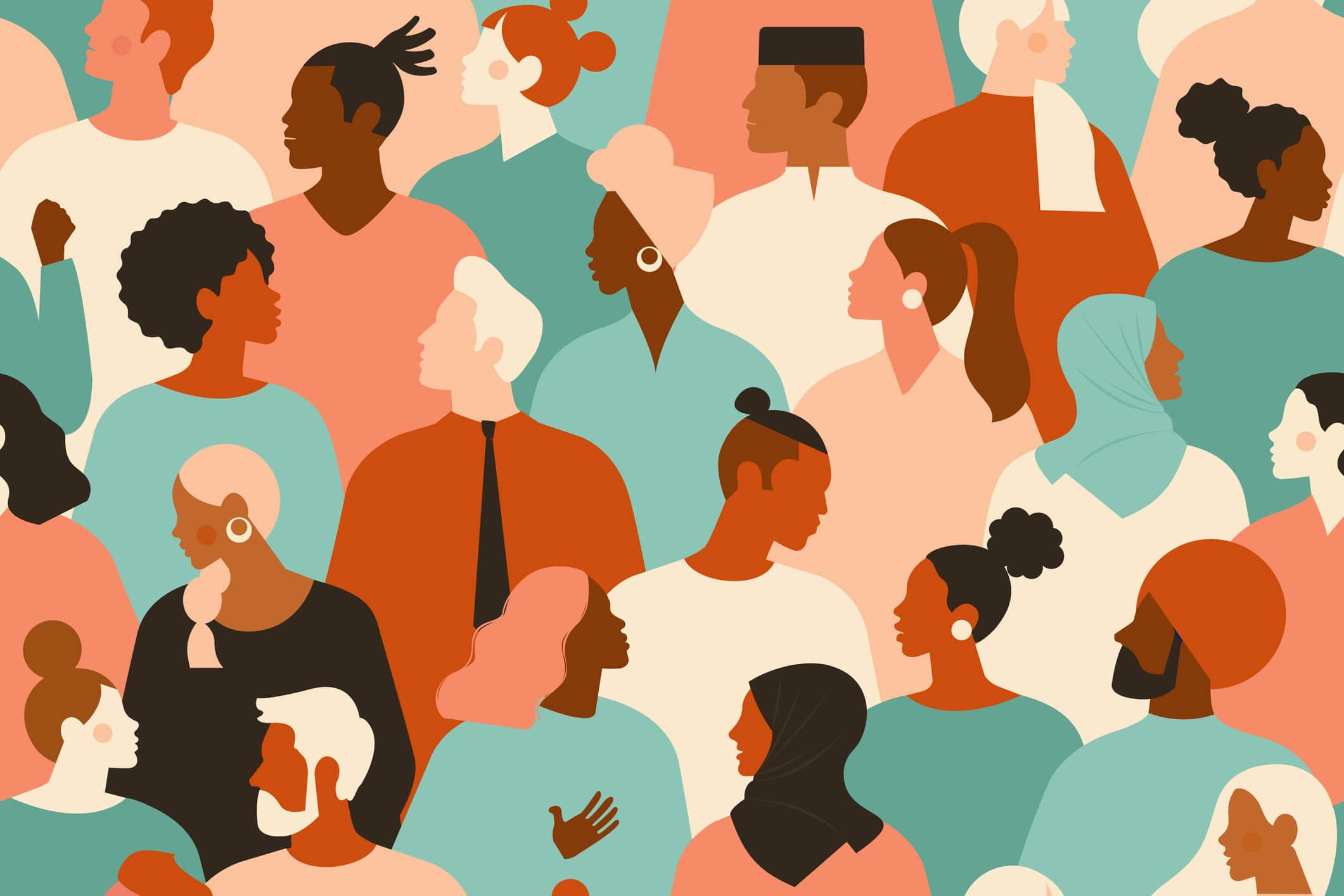The process of change can be very frustrating when it comes to culture shifts in organizations. Pressures from those on all sides of the organizational structure can dampen your efforts with their demands for immediate and sustained improvements.
For any change effort to take shape, there are some critical factors to address. Here’s just a few among many:
- Clarity of your desired state.
- Communication plans, processes, and strategies.
- Ownership for the various aspects of the change effort.
- Accountability for the full course of action.
Accounting for all of these factors, however, is not enough because even when the landscape changes, the policies and procedures have been adopted, and the organization is more diverse and equitable, true inclusion will not come until you correct the effects of this one word:
Monoculture
In short, your culture is how you do things. Your organization’s culture is reinforced in the language used, how meetings are held, communication practices, human resource policies and systems, values that are reinforced, and other business traditions. When these norms are shaped by one culture, monocultural influence results.
Historically, in the U.S., many organizations’ policies, laws, etc., have been shaped by white men. This worked when business was primarily run by this culture; however, business is now so much more diverse, this monoculture doesn’t fit. Even in the midst of change, monoculture is actively being preserved because everything that shaped it is embedded in the fabric of the organization and influences how we think, and therefore, how we behave. It doesn’t mean that everyone in an organization believes and acts in the same way; it means we have accepted that way of being as the standard. If it goes unrecognized, it remains influential.
When you hit a monocultural wall, change efforts fail because while there is compliance, there is no connection, and therefore, accountability for changed behaviors becomes difficult. So we change policies, modify procedures, and hire more diverse talent, yet goals are not being realized, and you can’t figure out why there’s still dissatisfaction.
To begin a shift from this ingrained influence, organizations must identify and hold themselves accountable for new practices that include:
- Speaking up when aggressive and passive-aggressive behaviors lead to others being excluded.
- Seeking to understand multicultural views in decision-making processes.
- A willingness to change your mind.
- Bridging low and high-context communication practices.
- Addressing and resolving misunderstandings while righting wrongs.
- Refraining from and calling out subversive behaviors that undermine change efforts.
For a deeper dive, I recommend two resources: The Culture Map by Erin Meyer – a wonderful resource to help you understand the context in communication and related practices. And a Change Model to help you understand monoculturalism and how to shift to a multicultural organization.
The key to getting better is broadening your understanding of what’s possible.



